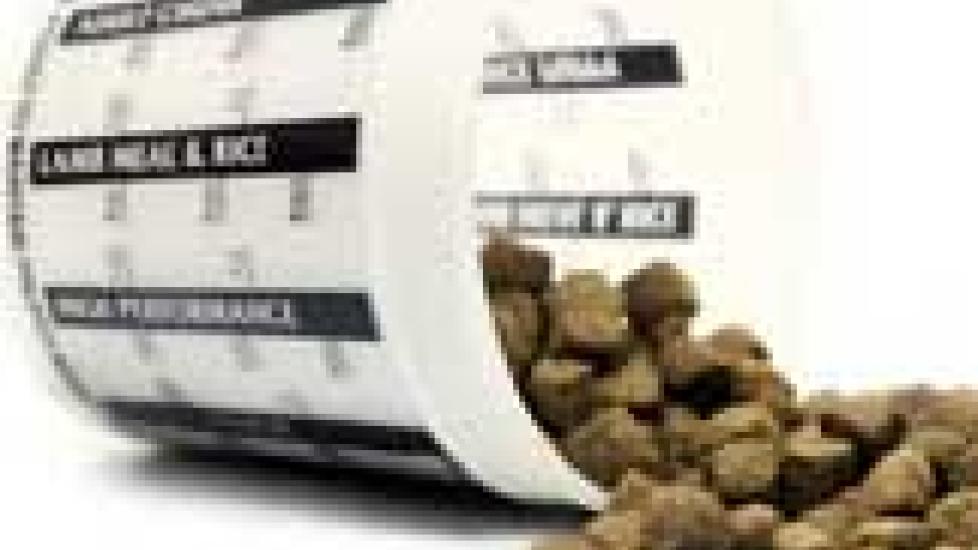Dangers Associated with Novel Ingredient Foods
Have you noticed the recent proliferation of over-the-counter pet foods that contain whacky ingredients? It’s not difficult to find foods that contain turkey, potatoes, salmon, whitefish, sweet potatoes, buffalo, lentils, and even kangaroo. What’s the deal?
Of course, I’m not privy to the thought processes of pet food manufacturers, but here’s what I think is going on.
Pet owners have become increasingly aware of the problems that some pets have with food allergies, food intolerance, or other conditions that respond favorably to changing an animal’s diet to one that contains novel ingredients. In the past, "lamb and rice" was the go to, over-the-counter combination in these situations, but after it became widely available, it lost most of its efficacy. Rice is probably still okay (it’s easily digested and not very allergenic), but so many dogs have eaten lamb at some point in their lives now that it isn’t really "novel" anymore.
Pet food companies saw an opportunity to bring products with new ingredients to the market. In the past, if you wanted/needed to feed your pet a diet that contained duck, potato, venison, etc., you first had to get a veterinarian’s prescription — unless you were willing to prepare the food yourself, of course.
This might seem a bit extreme — why shouldn’t you be able to feed your pet whatever you want? — but it did serve a purpose. Several years ago when I needed to come up with a treatment plan for a pet that I had diagnosed with a food allergy, intolerance, etc., I could be reasonably certain that the animal had never eaten things like sweet potatoes and duck before. Not so anymore.
What does this mean for pet health? If you choose to feed your pet one of these limited ingredient foods just for the heck of it or if you try to diagnose and treat a dietary responsive illness without involving your veterinarian, you might be setting your pet up for future problems. I haven’t had a case myself yet, but I can foresee a time in the not too distant future where I’m talking to a client trying to figure out what a good diet for their dog or cat might be, and the conversation would go something like this:
Me: "Has your dog ever eaten duck?"
Client: "Yes"
Me: "Eel?"
Client: "Yes."
Me: "Prairie dog?"
Client: "Yes."
Me: "Arrrrg!"
To confuse matters even more, if you try a novel ingredient food at home but don’t eliminate all other potential sources of the substance responsible for your pet’s symptoms from your pet’s diet (e.g., treats, flavored medications, etc.), his condition won’t improve, but you won’t know which ingredients to blame.
Veterinarians do still have the ability to prescribe limited antigen diets made from protein sources that have been hydrolyzed (i.e., broken down into such tiny pieces that they don’t stimulate the immune system). To avoid confusion, I’m starting to turn to these more than the novel ingredient foods that I have used in the past.
What I recommend to pet owners is this: Don’t feed a novel ingredient food to your pet without a very good reason to do so. You should think of these products almost like you would an antibiotic. If we misuse them now, they may not be effective in the future.

Dr. Jennifer Coates
Image: Tina Rencelj / via Shutterstock
